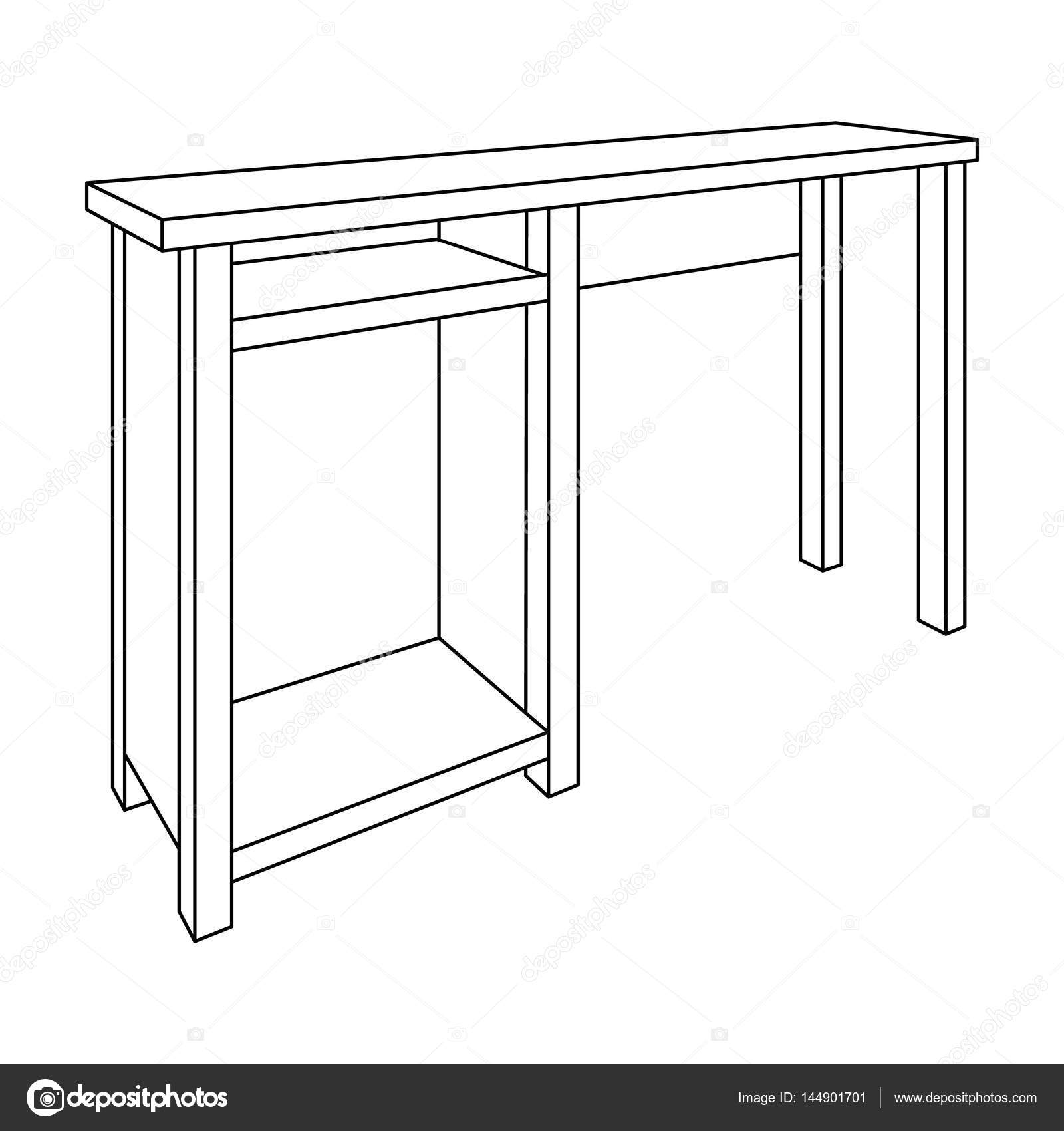Unveil The Fascinating Expedition Of Revitalizing Old Cupboards, Discovering Failed To Remember Tales And Unraveling The Enigmas Of The Pasts
Unveil The Fascinating Expedition Of Revitalizing Old Cupboards, Discovering Failed To Remember Tales And Unraveling The Enigmas Of The Pasts
Blog Article
Team Writer-Stanley Kerr
To start the journey of restoring antique cupboards, you need a keen eye for information. Picture uncovering concealed keys within each layer of history ingrained in the timber. Picture the fulfillment of restoring a once-forgotten item to its previous glory. Every step of this thorough procedure holds the essential to protecting the past while producing a future treasure. So, are you prepared to start this transformative endeavor and unlock the possibility of your antique closets?
Examining the Cabinet's Problem
When beginning the remediation process, begin by analyzing the problem of the antique cabinet. Very carefully analyze the overall structure for any kind of indications of damage such as splits, chips, or loose joints. Examine the timber for any type of rot, bending, or insect infestation that might have taken place gradually. It's important to identify the level of the restoration required before continuing additionally.
Next off, examine the cabinet's equipment such as joints, handles, and locks. Make note of any kind of missing items or parts that require fixing or substitute. Ensure that all equipment is working properly and firmly connected to the closet.
Additionally, examine the cupboard's coating. Look for any scrapes, stains, or staining that might impact the visual charm. Figure out if the surface needs to be removed and reapplied or if a simple touch-up will certainly be adequate.
Gathering the Needed Tools and Materials
After assessing the problem of the antique cabinet, the following action is to collect the essential tools and materials for the reconstruction procedure. Before cabinet repair start, guarantee you have the complying with things available:
- wood cleaner
- sandpaper in various grits
- wood filler
- paint or timber stain
- brushes
- handwear covers
- safety goggles
- a dirt mask
- a ground cloth
- a putty knife
- a hammer
- a screwdriver
- a vacuum
These tools and products are crucial for an effective restoration.
https://fortune.com/2022/03/01/tech-forward-artificial-intelligence-home-renovation/ is critical for removing years of dirt and gunk accumulation, preparing the surface for sanding. Sandpaper of various grits helps in smoothing out flaws and preparing the timber for a brand-new finish. Wood filler comes in handy for repairing any type of cracks, openings, or dents present in the cupboard.
Paint or timber discolor, together with brushes, permit you to customize the cabinet to your choice. Remember to put on https://redooutsideofhouse87531.blogchaat.com/27855126/discover-a-world-of-great-skill-and-customized-creativity-along-with-a-proficient-personalized-closet-maker-where-your-home-rise-to-functional-pieces-of-elegance , safety goggles, and a dirt mask for protection. Set a drop cloth to shield your workspace, and make use of a hoover to tidy up any particles.
With these devices and products gathered, you're ready to start the reconstruction process.
Executing the Reconstruction Process
To efficiently perform the repair procedure on your antique cupboard, begin by thoroughly cleansing the surface with the timber cleaner. This step is important as it helps get rid of years of dirt, crud, and old polish that may have gathered externally.
Once the closet is tidy and dry, assess the condition of the wood. Look for any cracks, scratches, or other damages that need to be dealt with. Usage wood filler to fix any kind of blemishes, ensuring to match the filler shade to the wood tone for a seamless surface.
After the fixings have dried, gently sand the whole surface area to create a smooth and also base for the brand-new surface. Take care not to sand as well boldy, as you do not intend to harm the wood beneath.
When the sanding is total, use a timber tarnish or finish of your selection, adhering to the supplier's directions. Allow the coating to completely dry totally prior to applying a safety top layer to make certain the durability of your brought back antique cupboard.
Final thought
Since you have actually completed the repair process, your antique closet looks just as good as new.
By complying with the step-by-step overview, you had the ability to analyze, repair, and enhance its problem easily.
With a fresh coating and protective leading coat, your treasured piece will certainly remain to beam for several years ahead.
Enjoy laminate suppliers of your restored antique closet!
